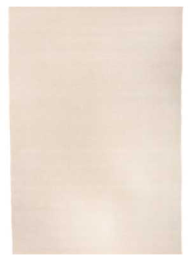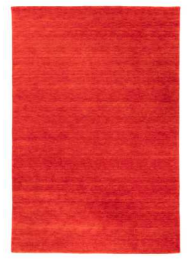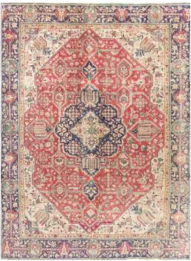
Explore
Nomadic carpets
Today, millions of people live as nomads in the Orient raising sheep as their main income. The camps with black tents made of hair from goats, the large herds of goats, flock of sheep and the shepherds on their donkeys and horses still make a fascinating picture in the landscape.
Explore

Carpets from the various categories are different in many ways. What is known as a mistake in a workshop carpet, for example an abrash, is a common detail in nomad carpets. Nomad carpets on the other hand have lively and rustic expression which you never find in a workshop carpet.
Nevertheless, a large part of the nomadic culture is disappearing as the nomads tend to be more “resident”. The reason for this is that they find areas where the conditions are so good that they can stay for longer periods without having to move so often. Slowly they are changing into some kind of “resident nomads”. Today most nomads get around with jeeps and motorcycles, a sight very different from the one we have with a nomad and his camel for example.
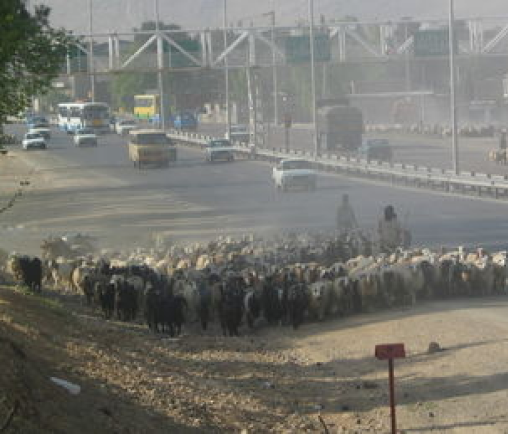
Related Products
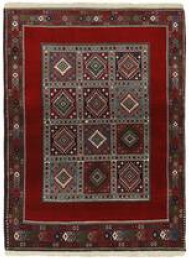
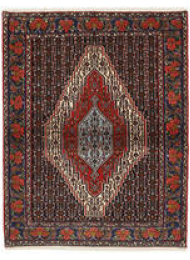
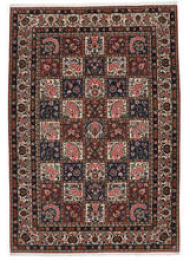
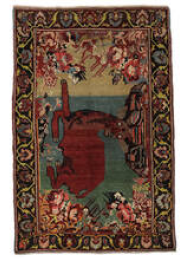
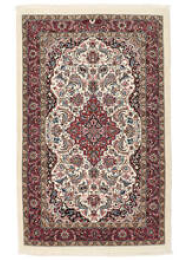
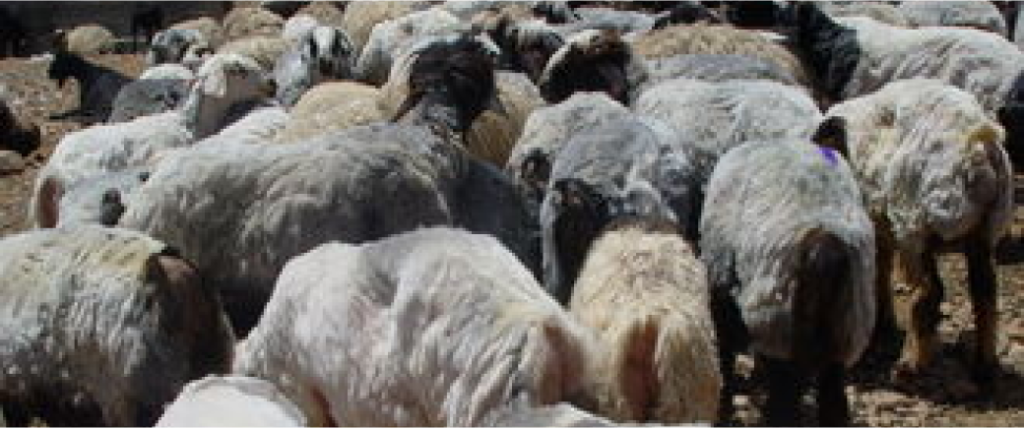
In the olden days there was competition among the different nomadic tents. When a woman was working on her carpet she would seek inspiration from the surroundings and tried to be better than her neighbour. Since the picture has changed today, the motifs do not tend to be so artistic either. An old nomad carpet therefore is a good investment well worth to preserve for the future.
In the olden days there was competition among the different nomadic tents. When a woman was working on her carpet she would seek inspiration from the surroundings and tried to be better than her neighbour. Since the picture has changed today, the motifs do not tend to be so artistic either. An old nomad carpet therefore is a good investment well worth to preserve for the future.
Carpets, kilims and bags of different sizes are important for the daily life of the nomads. Keeping their own animals provides them with materials for their weavings. The weaving take place on horizontal looms and the patterns which have been inspired by the surroundings of the nomads are passed on from generation to generation. The weavers do not use any kind of original, they knot the patterns and motifs from their memory.
Facts
| Manufacturing | Hand-knotted i |
| Origin | India |
| Pile Material | 100% Jute i |
| Knots/m² | approx. 40,000 - 90,000, medium finely crafted |
Location - Where does nomadic rug come from?
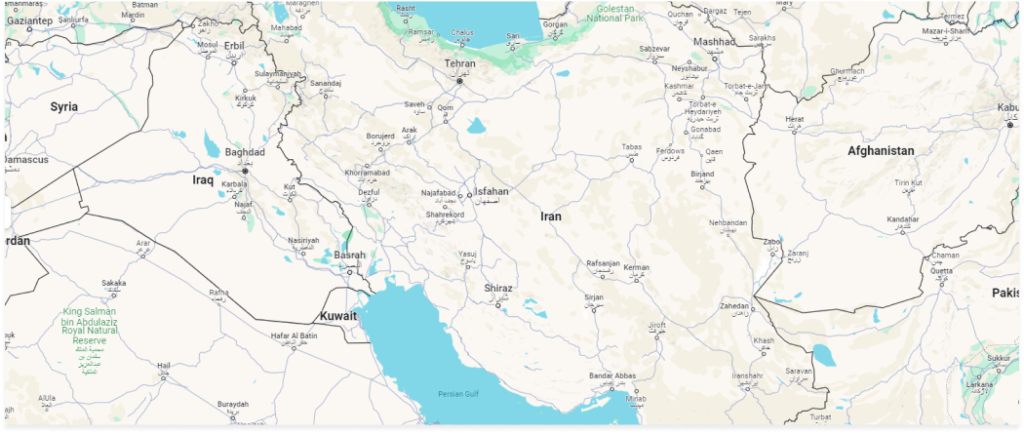
In the olden days there was competition among the different nomadic tents. When a woman was working on her carpet she would seek inspiration from the surroundings and tried to be better than her neighbour. Since the picture has changed today, the motifs do not tend to be so artistic either. An old nomad carpet therefore is a good investment well worth to preserve for the future.
Explore
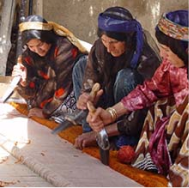
The art of making carpets was probably developed on the plains of Central Asia…
Readmore
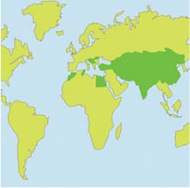
The art of making carpets was probably developed on the plains of Central Asia…
Readmore
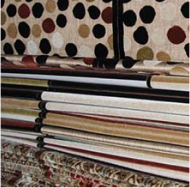
The art of making carpets was probably developed on the plains of Central Asia…
Readmore
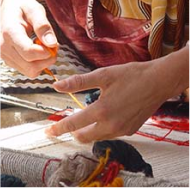
The art of making carpets was probably developed on the plains of Central Asia…
Readmore
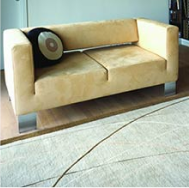
The art of making carpets was probably developed on the plains of Central Asia…
Readmore
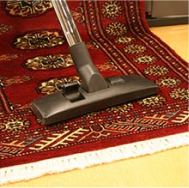
The art of making carpets was probably developed on the plains of Central Asia…
Readmore
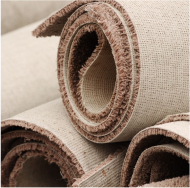
The art of making carpets was probably developed on the plains of Central Asia…
Readmore
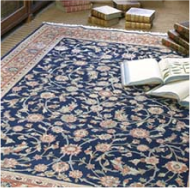
The art of making carpets was probably developed on the plains of Central Asia…
Readmore
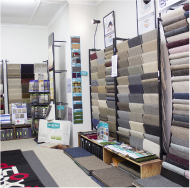
The art of making carpets was probably developed on the plains of Central Asia…
Readmore
